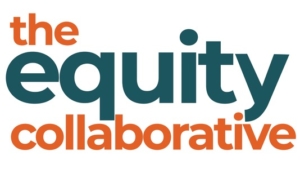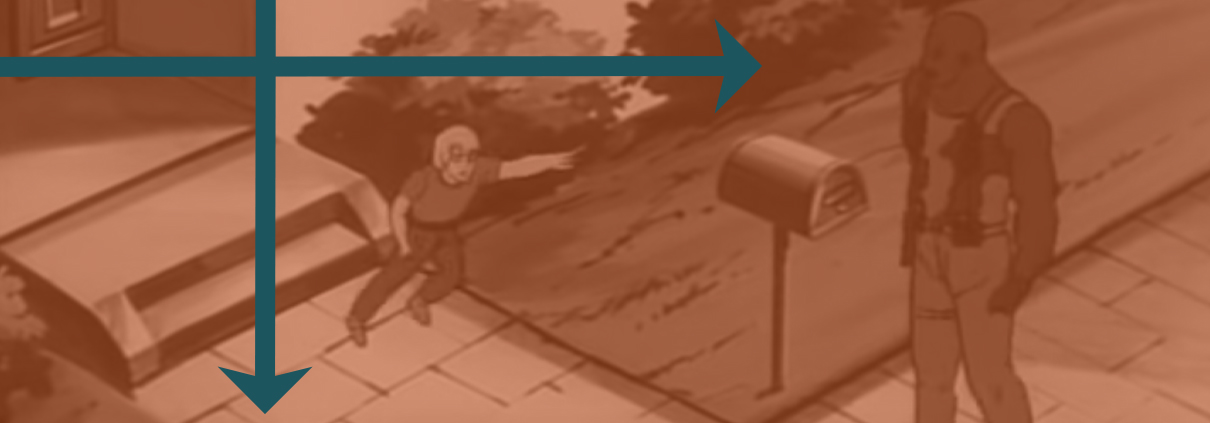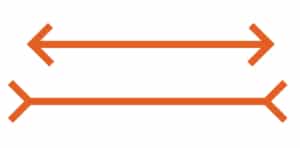Systemic Equity Assessment: Is Knowing Half the Battle?
(Spoiler alert: it’s not. But you should keep reading anyway.)
Our Systemic Equity Assessment has become one of the most requested of the educational equity services in The Equity Collaborative’s repertoire. After all, when a school district needs a strong plan for equity change, getting a clear picture of where things currently stand makes for a reasonable enough starting point.
Here’s what that starting point looks like for us:
We examine the school district’s own existent data in concert with interviews and focus groups we conduct with administrators, teachers, students, parents, and community members. In other words, we combine the quantitative with the qualitative to generate a comprehensive report. We draw on standards for equity taken from the work of the Coalition of Schools Educating Boys of Color, Randall Lindsay’s Cultural Proficiency Model, and other equity tools.
The deliverables vary by client, of course, but our Systemic Equity Assessment report tends to include the following:
- data analysis on equity and opportunity gaps;
- discussion of themes from the qualitative interviews, including anonymous quotes that illustrate each theme; and
- recommendations for the district’s approach to systemic equity change efforts.
Systemic Equity Change Efforts: Knowing Is A Small but Important Part of the Battle
Knowing that there are problems is important. Elaborating on the specifics of those problems is very important. Creating change: that’s the crucial part. It’s also the hard part.
You may have heard of a concept in the field of psychology called the G.I. Joe Fallacy. It was developed by a couple of Yale professors, Dr. Laurie Santos and Dr. Tamar Gendler, and takes its name from the prototypically cheesy public service announcements that got tacked onto episodes of its somehow even more prototypically 1980s animated series, “G.I. Joe: A Real American Hero.”
In one such scenario, a child ill-advisedly tells a stranger on the phone that he’s home alone. A (presumably non-active-duty) G.I. serviceperson named Roadblock gets wind of the mistake while taking a stroll through the neighborhood and tells the child why he shouldn’t have done that.
“Now I know!” says the child.
“And knowing is half the battle!” says Roadblock.
“It’s not!” say Drs. Santos and Gendler.
To the contrary, they say, knowledge often finds itself at odds with cognitive function. Their go-to example is optical illusions. We’ve all seen the lines pictured below enough times to know that they’re the same length, yet our brain’s optical processes have an extraordinarily difficult time seeing them as anything but different lengths. Evolutionarily speaking, our eyes have spent a long time training themselves to see these lines as different lengths.
Equity Action Plan and Development: Providing Strategy for Systemic Change
You can probably see how we’re going to bring this back to educational equity. Some behaviors, some assumptions, some ways of thinking, and some policies are so ingrained as to work against what we know to be true. Even when we know that a particular school system’s economically disadvantaged students graduate a lower rate, or that its students of color are punished at disproportionately high rates and with disproportionately severe corrective actions, or that teachers and students feel uncomfortable having frank discussions about race—even when we know all that, changing our behavior is hard. You have to train yourself to prepare for change. You have to be persistent. You have to practice. That’s why we call what we do “equity coaching.”
It’s also why we never talk with a school district about completing a Systemic Equity Assessment without also talking about next steps:
Once we’ve completed a school system’s assessment and guided them toward releasing that assessment to the public, we talk about actionable steps toward change:
- We provide an overview of diversity, equity, and inclusion challenges, and we present those challenges as opportunities.
- We create goals for future student achievement data that reflect current equity and opportunity gaps.
- We identify areas of alignments to the school system’s current strategic framework.
- We make recommendations for addressing equity challenges and opportunity gaps in the areas of pedagogical practice, curriculum, classroom management, and student and parent relationships.
Equity-Centered Leadership Cohort: Developing Leaders
This is where knowledge and behavior get aligned. We provide coaching development to support a small cohort of identified leaders throughout a school district. We focus on increasing the capacity of one small group to lead other groups down the road toward culturally responsive, anti-racist instructional practices:
- We develop, refine, and sustain structures, routines, and roles for adult learning. The goal: to allow for deeper discussion of the way implicit bias, race, class, and culture impact educational outcomes.
- We challenge bias and discrimination, especially as it appears in institutional practice, without shutting down the development and growth orientation in ourselves and our colleagues.
- We develop skills for leading and coaching change in challenges contexts, including social-emotional intelligence and building trust and relationships.
- We engage in rigorous self-assessment to deepen the impact of leadership for equity, as measured by a positive school climate, increased reflection from staff, and improved instructional practice.
The cathartic questioning techniques we use help participants balance the self-reckoning required to build anti-racist environments with the cognitive actions required to produce results for students.
So…Knowing is One-Third of the Battle?
Probably not. Dr. Santos says it’s closer to one-tenth of the battle.
One thing is for sure, though: the battle for educational equity is just that—a battle. The subtitle of Graig Meyer’s book, after all, is “Attacking Institutional Racism.” The battle lines might not be as clearly delineated as the ones depicted in G.I. Joe, and we might not be able to achieve victory within the span of a 30-minute tv episode, but the fight is well underway nevertheless.




